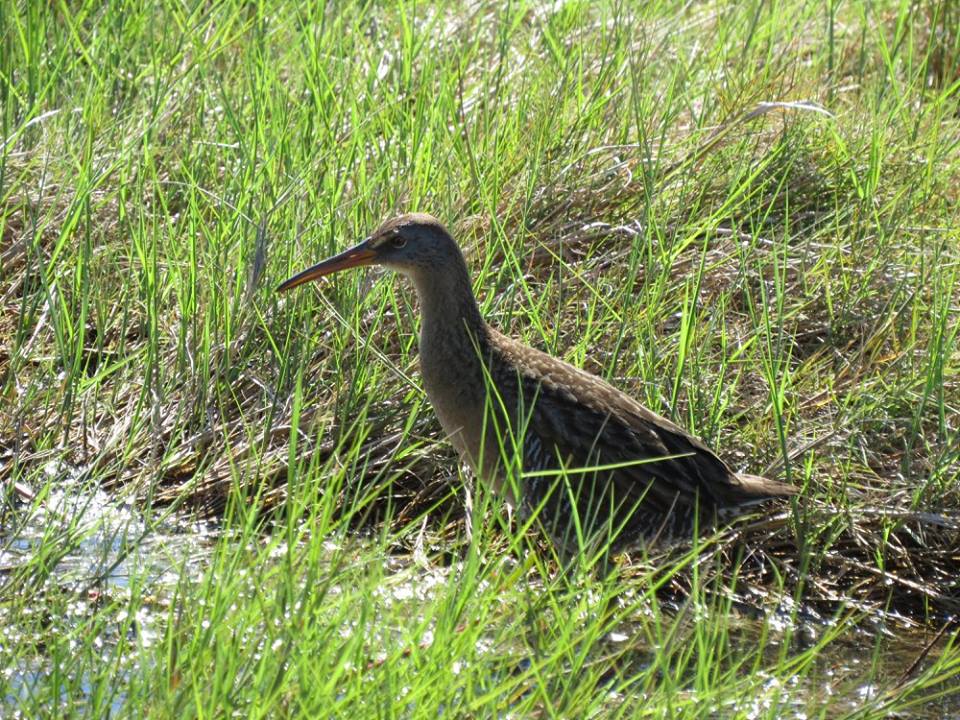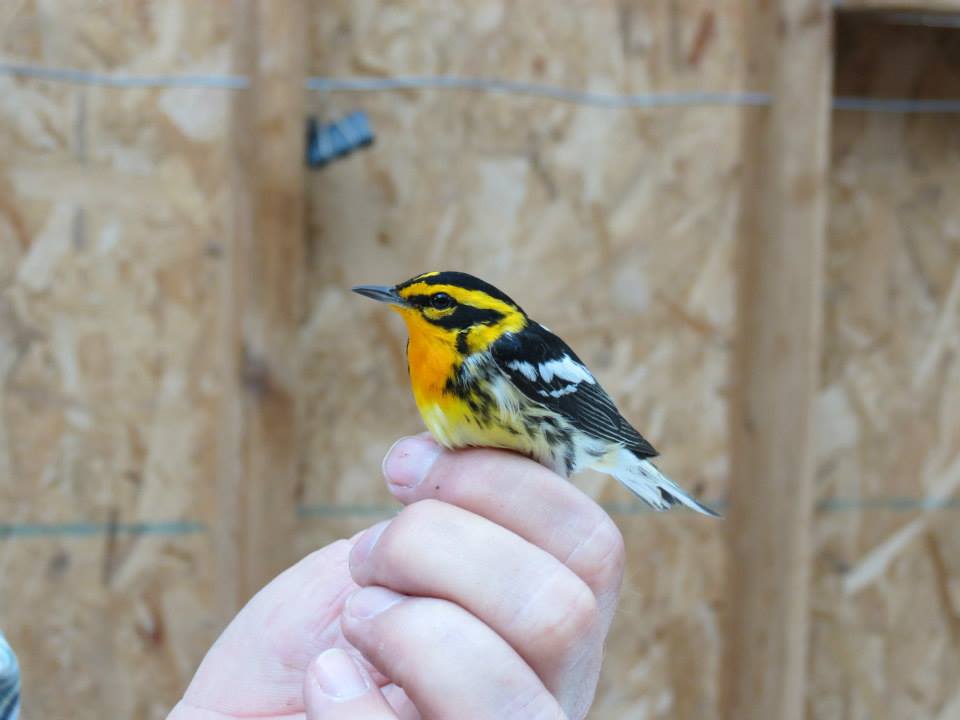Landbirds
Handbook of Field Methods for Monitoring Landbirds (Ralph et al. 1993): This handbook is a compilation of methods that can be used to assay population size, demographics, and status of many species of birds occurring in a wide variety of habitats. The handbook will prove useful to field biologists, managers, and scientists anywhere in the New World from the arctic through the tropics. The methods include four types of censuses for determining population size and trends, mist-netting and nest searches to determine demographic parameters, and other methods that will be useful in operating a monitoring station, including habitat and weather observations, and suggestions for training personnel and possibilities for detailed studies. Suggestions of specific methods and data forms are included.
Landbird Monitoring Protocol for the USFWS Midwest and Northeast Regions (Knutson et al. 2008): This protocol is a standardized tool for monitoring breeding landbirds by use of point counts and was designed for use in U.S. Fish and Wildlife Service (FWS) Regions 3 (Midwest) and 5 (Northeast). Our goal was to promote the use of compatible field sampling methods among land managers in the Midwest and Northeastern U.S. and facilitate interagency habitat conservation and monitoring in the future.
Waterbirds

Standardized North American Marshbird Monitoring Protocol (Conway et al. 2011): The Standardized North American Marsh Bird Monitoring Protocol instructs surveyors to conduct an initial 5-minute passive point-count survey followed by a series of 1-minute segments during which marsh bird calls are broadcast into the marsh following a standardized approach. Surveyors are instructed to record each individual bird from the suite of 26 focal species that are present in their local area on separate lines of a datasheet and estimate the distance to each bird. Also, surveyors are required to record whether each individual bird was detected within each 1-minute sub-segment of the survey. These data allow analysts to use several different approaches for estimating detection probability.
National Protocol Framework for the Inventory and Monitoring of Waterbirds and their Habitats:An Integrated Waterbird Management and Monitoring (IWMM) Approach: This protocol framework provides guidance for conducting inventories or monitoring surveys of waterbird habitat conditions and use at local scale in a way that will allow analysis of multiple sites from multiple regions in the Refuge System. This protocol provides a framework for rapidly assessing local habitat conditions and quantifying use of wetlands by waterfowl, shorebirds, and wading birds (hereafter referred to as waterbirds) during non-breeding periods.

